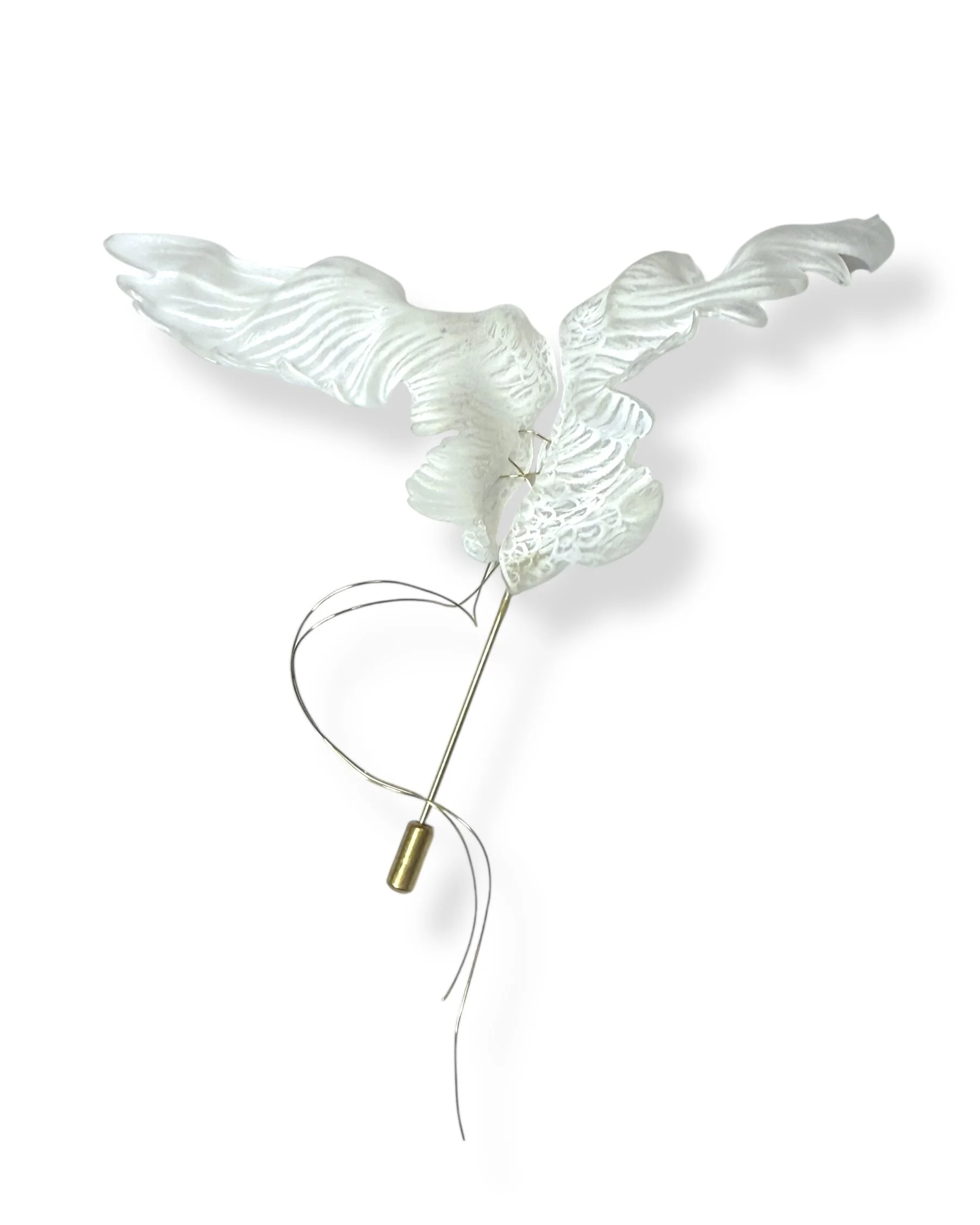MARIANA GORGA
Cluster Contemporary Jewellery
”The Living Trace”
Mariana Gorga, Italo-Brazilian jewellery sculptor, is inspired by art, nature and mythology. She studied Fine Arts at FAAP University in São Paulo and completed a Bachelor in Jewellery Design at IED and refined her craft in Florence at Le Arti Orafe and Metallo Nobile. Based in Italy, she has exhibited internationally and was awarded at Rome and Milan Jewelry Weeks in 2024. Through lost-wax casting and experimental techniques, she creates contemporary jewels that are poetic treasures, weaving myth, emotion, and spiritual reflection.She treats jewelry as an artistic syntax of line, color and material, designed to live on the body with poise and precision. Working with precious and humble substances, she reveals inherent hues through processes such as oxidation and patination and finishes each piece by hand to ensure clarity of construction and comfort in wear. Forms are distilled into balanced volumes and open structures; in recent work she explores thresholds—gates of transition—between states and materials, allowing joints, seams and surfaces to narrate movement, so that each piece becomes a personal sign for the wearer. Luba works with copper, silver, leather, natural stones, and experimental elements, always choosing the materials and techniques that best convey her inner ideas.
Mariana Gorga handcrafts jewellery radiates gratitude, vulnerability and resilience, inviting the viewer into a quiet journey of self reflection and spiritual awakening. By combining ancient and alternative techniques, she shapes jewels as intimate narratives that become wearable contemporary poetry.My recent body of work, Metamorphosis, grew from a chance encounter with forgotten silk cocoons in my studio. Their layered sophistication—the way one membrane echoes another—led me to the weaver’s life cycle: caterpillar, pupa, butterfly. I open, dye and cut the cocoons into small scales, assembling them into one-of-a-kind pieces that keep silk’s qualities—lightness, strength, a quiet shine—while gaining an autonomous presence.
These works revisit a fundamental duality in nature and society: creativity and entropy, growth and decay, erosion and regeneration. I look to traditional laces, beehives and skeleton leaves as metaphors for connections between man-made and non-human patterning. Framed by the idea of gates of transition, each joint and seam narrates movement and change—the ancient Greek reminder that everything flows. I hope the wearer finds room for their own story: a memory, a mood, a moment captured and carried close.” - Maria Tsimpiskaki








